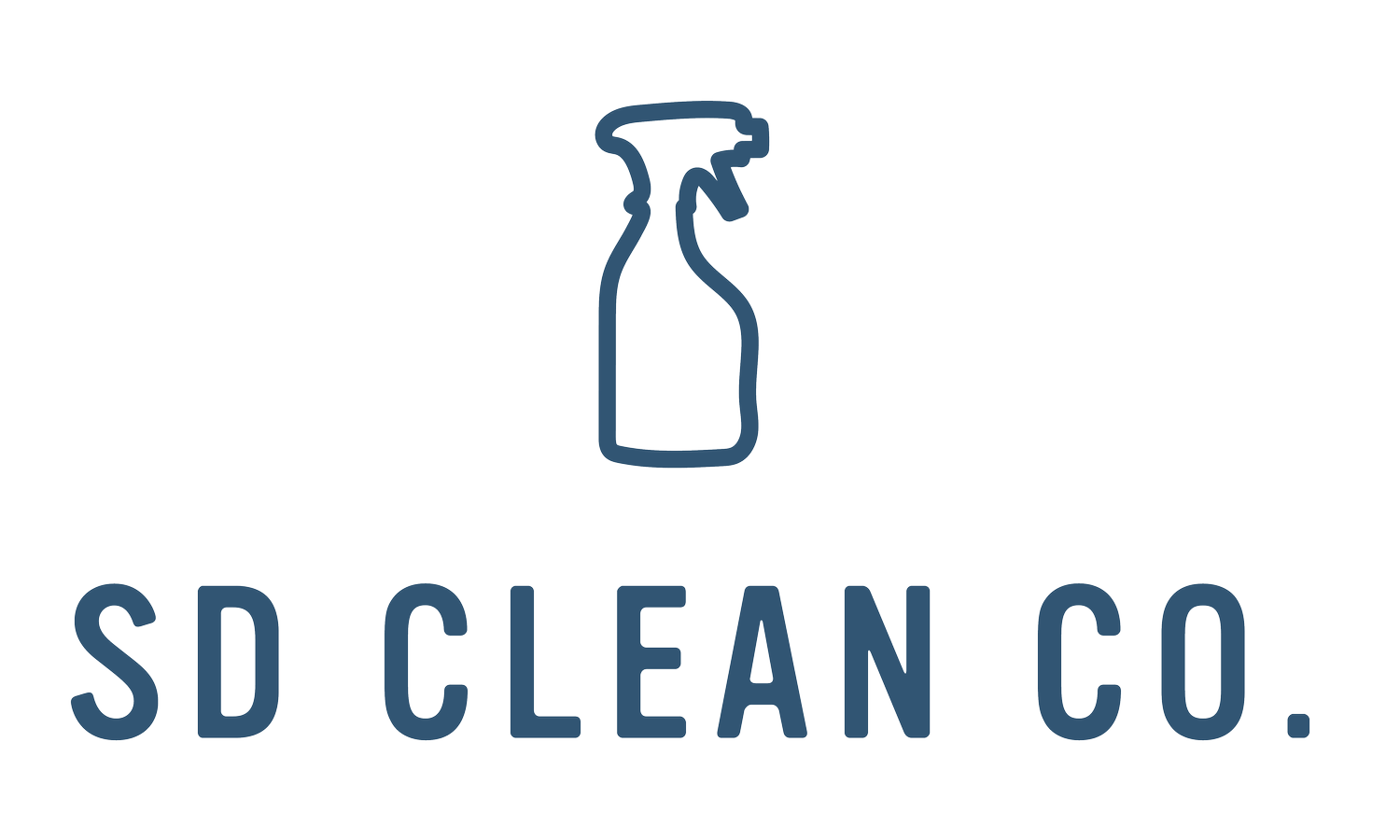How to Develop a Commercial Cleaning Schedule for Large Facilities
When managing a large facility—whether it’s a corporate office, healthcare facility, school, or industrial space—keeping it clean isn’t just about appearance. It’s about health, safety, and operational efficiency. At SD Clean Co, we specialize in tailored cleaning solutions that meet the unique needs of large-scale operations across San Diego. One of the key elements to maintaining high standards is a strategic cleaning schedule.
In this post, we’ll walk you through the steps to create an effective commercial cleaning schedule for your large facility—something we do every day for clients like you.
1. Assess the Size and Type of Your Facility
The first step is a detailed facility walk-through. You need to account for:
Square footage
Number and types of rooms (restrooms, offices, break-rooms, kitchens, labs, etc.)
Floor types (tile, carpet, hardwood, concrete)
High-traffic vs. low-traffic areas
At SD Clean Co, our team conducts a thorough on-site evaluation to identify your facility’s specific cleaning requirements.
2. Identify Critical Cleaning Zones
Not all areas require the same level of attention. Identify your high-priority zones such as:
Reception areas (first impressions matter!)
Restrooms (health and hygiene)
Kitchens or breakrooms
Meeting or conference rooms
High-touch surfaces (elevator buttons, doorknobs, handrails)
We often recommend daily cleaning for these areas, while others may be serviced less frequently.
3. Schedule Deep Cleaning Tasks
Deep cleans are essential for maintaining facility longevity and safety. These include:
Carpet shampooing
Tile & grout cleaning
Upholstery cleaning
Disinfection fogging (especially post-COVID)
Floor stripping and waxing
We typically recommend scheduling deep cleans quarterly or semi-annually, depending on usage and industry standards.
4. Account for Industry-Specific Needs
Each industry has unique regulations and standards. For example:
Medical facilities require compliance with CDC and OSHA standards.
Schools need intensive sanitization during flu season and summer breaks.
Industrial sites may involve hazardous waste protocols.
At SD Clean Co, we stay updated on all local and federal regulations to ensure your facility remains compliant.
5. Use Scheduling Tools and Checklists
Manual tracking doesn’t cut it for large facilities. We recommend implementing:
Digital scheduling tools for real-time updates
Custom cleaning checklists per area or shift
Communication logs for staff to flag issues
We offer clients access to our cleaning management platform, making scheduling and accountability seamless.
7. Train Your Cleaning Staff Thoroughly
A good schedule is only as effective as the team executing it. Whether you’re using your own staff or outsourcing to professionals like us, ensure:
Proper onboarding and safety training
Clear understanding of cleaning protocols
Consistent supervision and quality assurance checks
At SD Clean Co, all our technicians are background-checked, professionally trained, and certified in industry-specific cleaning protocols.
8. Review and Adjust Regularly
Finally, no schedule is static. We recommend reviewing your cleaning schedule:
Monthly, to address seasonal changes and feedback
After major events or renovations
When occupancy levels change
Our team conducts regular audits and client check-ins to adapt the cleaning plan as your needs evolve.

